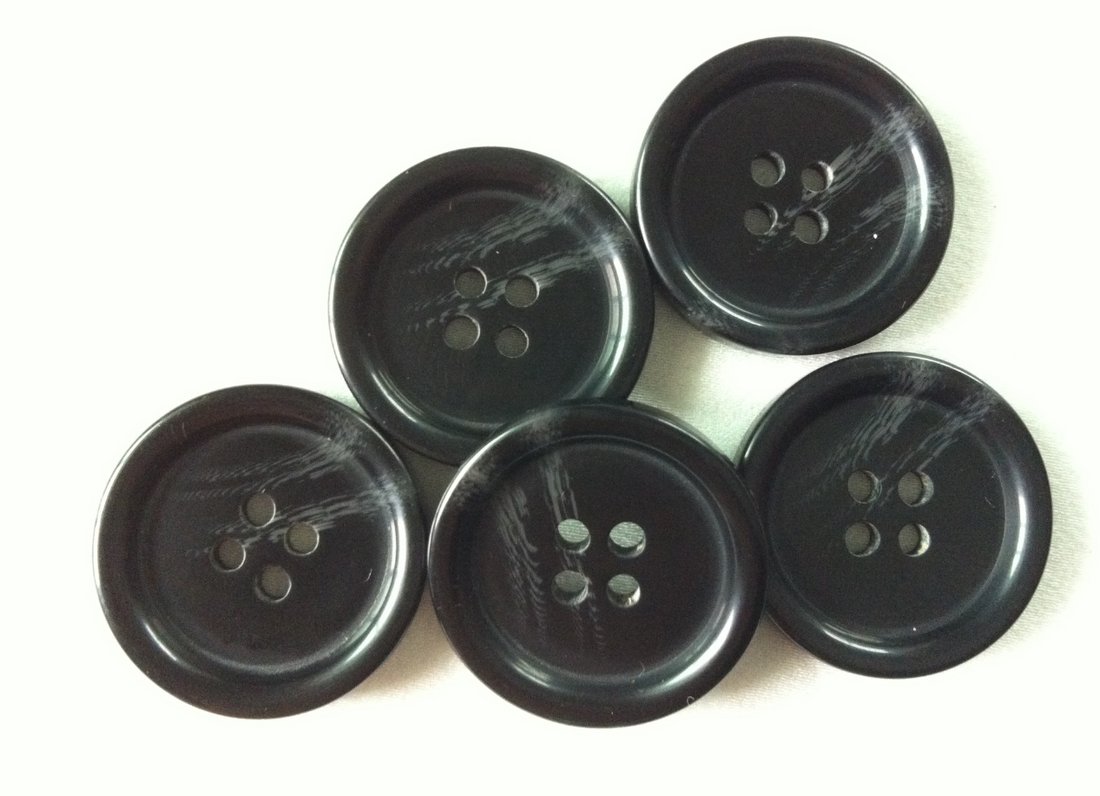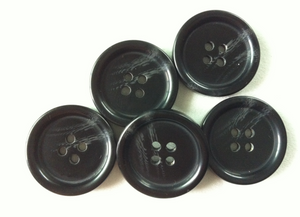
Detailed Explanation of Button Inspection Steps and Standards - Inspection Services for Warehousing and Factory Audits
Buttons, as an important accessory in clothing that combines functionality and decoration, their quality directly affects the overall quality and safety of the clothing. During the inspection of clothing, factory audits, and product certification processes, the quality control of buttons is particularly crucial. This article will systematically introduce the inspection standards and testing methods for buttons, helping you make scientific judgments and precise controls during the inspection process.
I. Basic Inspection Standards for Buttons
During the inspection process, it is necessary to strictly compare with the samples or confirm the samples, and conduct a systematic inspection of the buttons to ensure they meet the quality certification requirements:
Appearance quality inspection
The surface has no gaps, cracks, scratches or unevenness.
The surface and backside have no defects such as cracking, bubbles, frayed edges, or uneven thickness.
The patterns are free from deformation, and there are no printing or forming issues such as "white eyes" or "white rings".
The eyelets should be smooth and unobstructed. The needle holes should be free from cracks and symmetrical without any deviation. The eyelets with hidden slots must ensure that the slots are smooth and free from cracks.
Process consistency inspection
The electroplating or other surface treatments should be uniform and consistent. If there are any differences in the effect, they should be packaged separately and labeled.
Color difference inspection
The color difference of the buttons in the same batch shall not exceed the fourth grade standard of GB/T 250.
The color difference is not lower than the third-level standard of GB/T 250 compared with the sample.
Inspection of Packaging and Labels
After all the appearance and performance inspections are passed, the products will be packed according to the specifications.
The quantity per bag must comply with the regulations. If the thickness varies beyond the tolerance limit, a full inspection is required.
Qualified certificates or labels should be included in the packaging to ensure traceability.
Functional trial run test
For types such as the emergency button, the canopy button, and the five-finger button, before the inspection, a trial assembly should be conducted to test their assembly performance and applicability, and sample prototypes should be provided for the customers to confirm.
II. Inspection Methods and Certification Basis for Buttons
(1) Dimension Measurement
Projector method: Using a cable section projector (typically magnified 10 times) to measure the aperture and pitch of the visible fasteners, the operation is intuitive and the accuracy is high.
Geometric measurement method:
The circular buttons are measured directly for their outer diameters using a vernier caliper (with an accuracy of 0.02mm).
Non-circular buttons are outlined using a grid paper, and the diameter of the circumscribed circle or the maximum diagonal distance is calculated using geometric methods.
(2) Eye hole tensile strength test
It is recommended to follow the GB/T 28491-2012 standard and select 6 buttons for testing. The lowest value obtained will be the final result. This method is also applicable for factory inspection of unsaturated polyester resin buttons to ensure that the physical properties meet the strength certification requirements.
(3) Color Fastness Test
The sample size is determined based on the size of the buttons (L number) to ensure the representativeness of the sample.
It is suggested that the buttons be sewn between the two layers of multi-fiber padding fabric to more accurately assess the color沾染情况.
(4) Safety Performance Inspection
Although there are currently no specific regulations in the national standards for buttons regarding heavy metals and degradable aromatic amine dyes, during the inspection and certification process, it is recommended to refer to standards such as FZ/T 81014 "Infant Clothing" for the clothing category, to limit and test harmful substances in order to improve the product safety certification system.
III. Reference for International Standard Inspection Methods: British Standard Button Test
During factory inspections and export inspections, multiple performance certifications can be conducted by referring to the British standards:
Abrasion resistance test
The buttons and pumice powder were rotated together in a cylinder to simulate wearing friction, and their surface anti-abrasion ability was tested.
Strength test
Including tests for tensile strength and impact strength, minimum strength requirements are set based on the size and type of the buttons. During the inspection, the average and extreme values need to be recorded to ensure compliance with the "light" or "heavy" classification standards.
Corrosion resistance of the wash-resistant liquid and dry cleaning solvent
By simulating washing and dry cleaning conditions, the color fastness and structural stability of the buttons under different temperatures and solvents were tested to ensure that they would not fade or deform during the entire garment washing process.
Test report and certification record
Each time during the inspection, detailed records of the test results, sampling methods and determination basis should be made, which will serve as the evidence for quality certification and factory inspection audits.
4. Conclusion
Although the buttons are small, they are crucial for the quality and safety of the entire garment. By establishing a systematic inspection process, strictly adhering to inspection standards, and integrating domestic and international certification methods, the professionalism and reliability of button quality control can be effectively enhanced. It is recommended to strengthen the representativeness of sampling during inspection and factory verification, standardize the testing methods, and establish a complete inspection and certification file for each batch of products, so as to achieve full-chain quality assurance from raw materials to finished garments.
Share this product

Detailed Explanation of Button Inspection Steps and Standards - Inspec
Buttons, as a type of clothing accessory, not only serve as connectors in clothing, but also play a role in embellishment and decoration.
